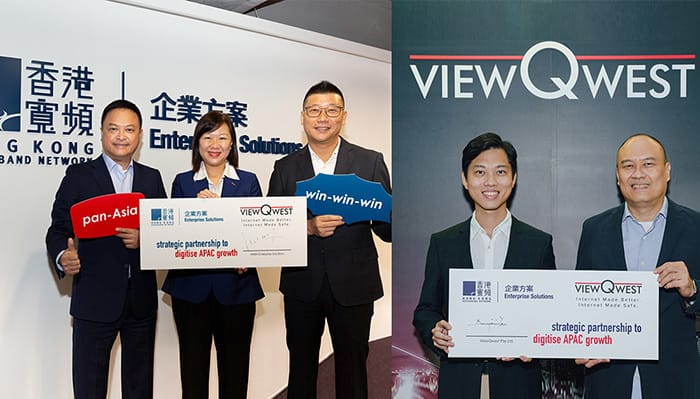Belgium – Selligent Marketing Cloud, the omnichannel marketing and customer experience platform, has released a report unpacking the critical issues brands need to address to effectively engage Generation Z (Gen Z) customers.
Gen Z (born between 1997 and 2010) is finally emerging in the consumer marketplace. Having grown up with more access to technology than any other generation before them, Gen Z sees technology as less of a ‘shiny’ object and more of an extension of modern life.
As such, Gen Z’s relationship to data is also different, and privacy isn’t much of a priority. In fact, the report reveals that only half of Gen Z respondents say they have control over their personal data.
This generation is also rewriting the rules when it comes to consumer engagement in areas like technology, shopping, media and brand loyalty. The report finds:
● 75% of Gen Z respondents say they shop on smartphones, compared to 69% of millennials
● 49% of Gen Z respondents say they obtain news and information from YouTube, compared to 37% of millennials
● 55% of Gen Z respondents want to wait until technology is proven to work before they adopt, compared to 47% of millennials
Going forward, it’s vital marketers forge a new toolkit aimed at reaching and engaging with Gen Z exclusively. By learning and understanding this generation’s motivations, behaviours and preferences, they can better create strategies that drive this significant consumer segment to action.
‘Phygital’ retail experiences matter to Gen Z
For retailers, having a presence across digital and physical channels is no longer enough to reach the youngest generation of consumers. Gen Z expects technology to enhance their physical experiences rather than replace them.
Interestingly, this age group shows a clear preference for in-store shopping over millennials in several categories, including electronics (43% vs. 37%) and clothing (43% vs. 40%). Gen Z also visits physical stores more often than any other age group: 59% visit a store at least once a week, the report reveals
Retailers, therefore, need to reinvent the shopping experience, merging the physical (brick-and-mortar) with the digital (online/web) in a way that appeals to Gen Z – a process newly coined as “phygital”. This term often goes hand in hand with “digitalisation at the point of sale” – the fusion between eCommerce and physical stores.
An educated, skeptical audience wants more from media
Rather than turning to traditional media brands, Gen Z is more likely to seek information on social-media platforms than older generations. In fact, almost half (49%) say they are more likely to make a purchase after seeing a post or ad on social media than through any other channel (SMS, website or email). When searching for information, Gen Z turns to influencers on platforms like TikTok (23% – twice as many as other generations) or YouTube (49% compared to 37% for millenials).
“This generation was raised with social media and can, therefore, adapt to various formats and types of content more easily. For this reason, companies have a unique opportunity to merge advertising and content strategies for this audience, as well as create and integrate different touchpoints with their consumers,” said Anne Jarry, marketing director for Europe and North America at Selligent.
“In a trusted environment, delivering highly relevant messages, such as personalised videos embedded in a newsletter or a live-streamed event on TikTok, is much more appealing to Gen Z than other generations. This generation requires an entirely new approach and opens up opportunities to brands that are worth capturing,” added Jarry.
“The Gen Z transformation is upon us, and marketers must be ready. Those who haven’t evolved their marketing strategies to connect with this consumer segment are already falling behind. Gen Z’s behaviour and motivations are different from their predecessors. They consume information, interact online and even shop differently, therefore, it’s critical for marketers to adapt. As a generation that desires control, brands need to empower Gen Z to effectively capture their unique preferences and form relationships, especially as third-party cookies phase out entirely, making personalisation even more vital to reaching Gen Z,” said Ramses Bossuyt, global VP of client success at Selligent.











